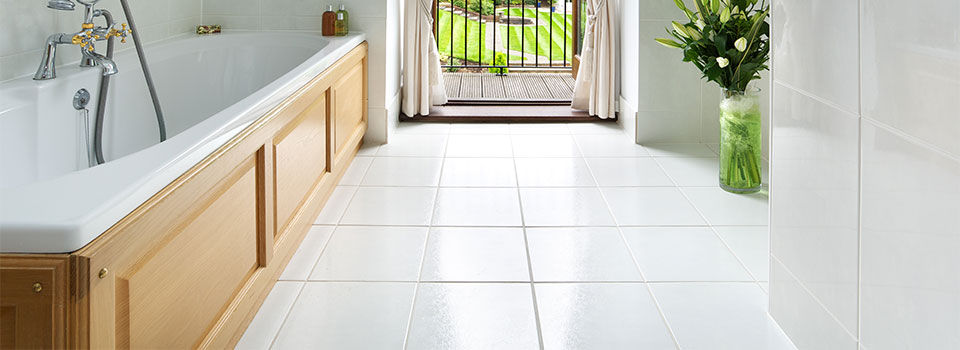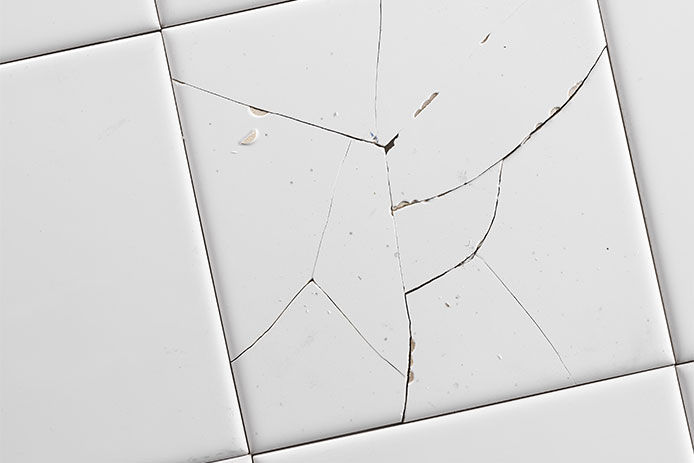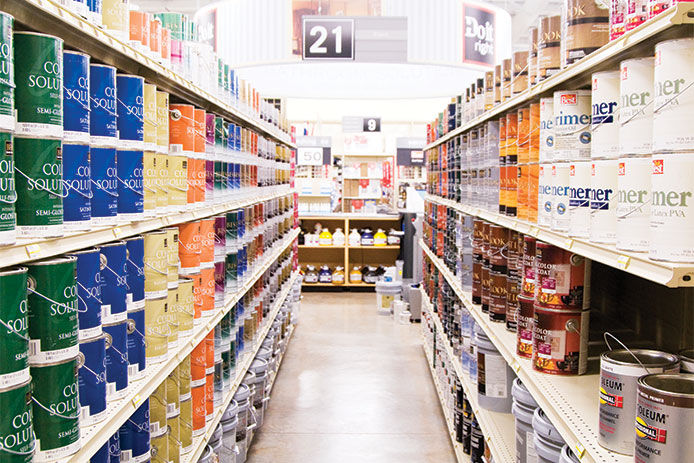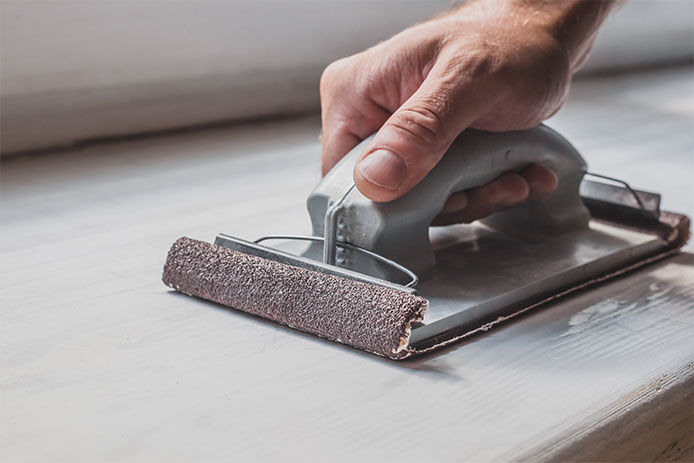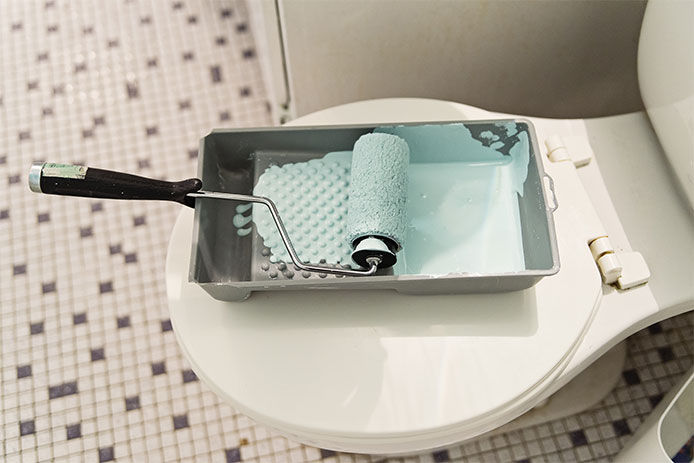Seal the Surface
After all the layers of paint have dried and cured according to the manufacturer’s instructions, it’s still not time to walk on the floor just yet. Grab a floor sealant compatible with either oil- or latex-covered surfaces and apply it. Painted floors should be resealed at least annually to keep the surface protected at all times.
With patience and care, a painted tile floor can look as artistic and elaborate as you like. Try stencils, stamps, and marbling techniques to create something new without having to remove the existing flooring.
While do-it-yourself projects can be fun and fulfilling, there is always a potential for personal injury or property damage. We strongly suggest that any project beyond your abilities be left to licensed professionals such as electricians, plumbers, and carpenters. Any action you take upon the information on this website is strictly at your own risk, and we assume no responsibility or liability for the contents of this article.
